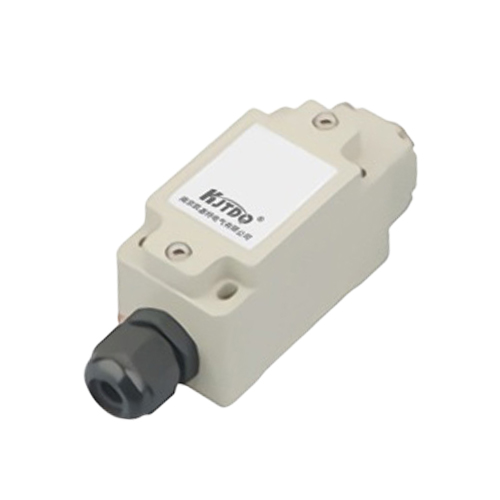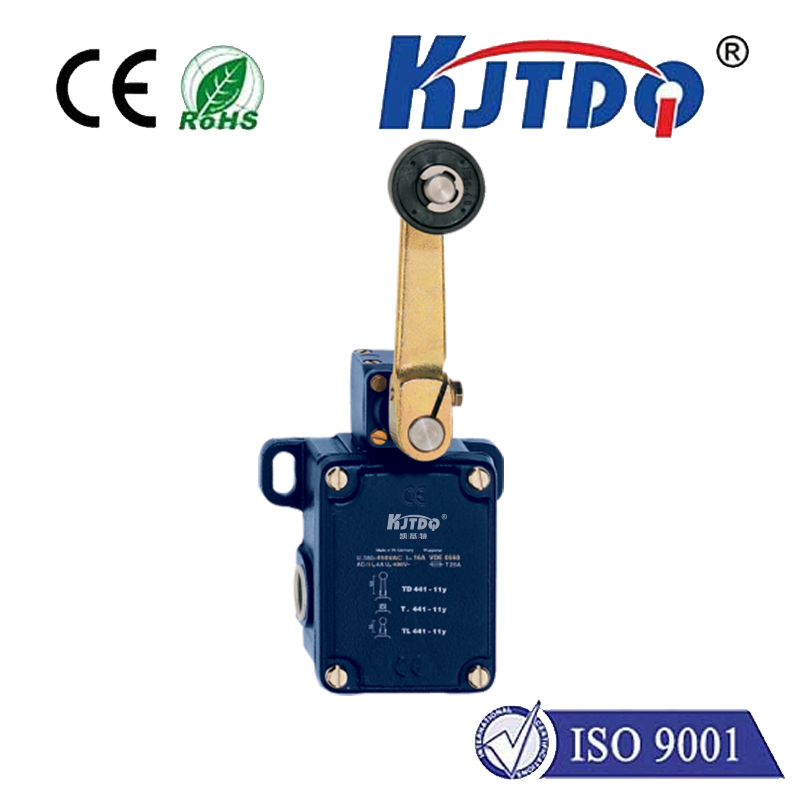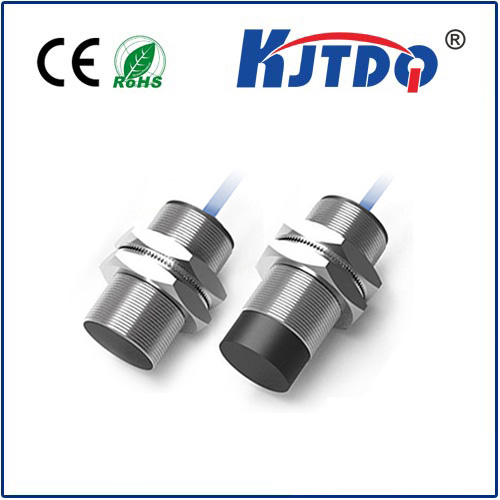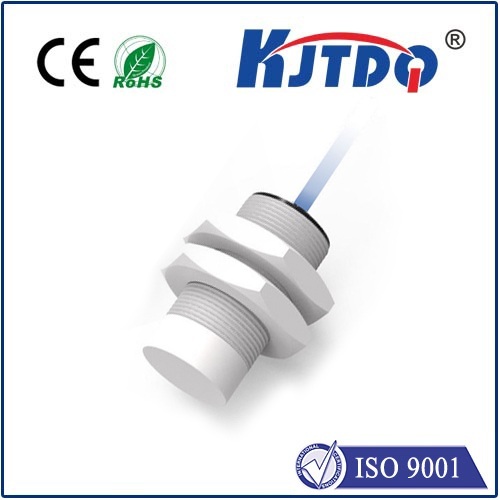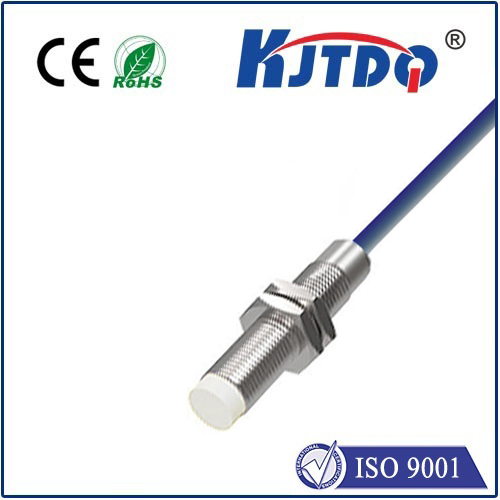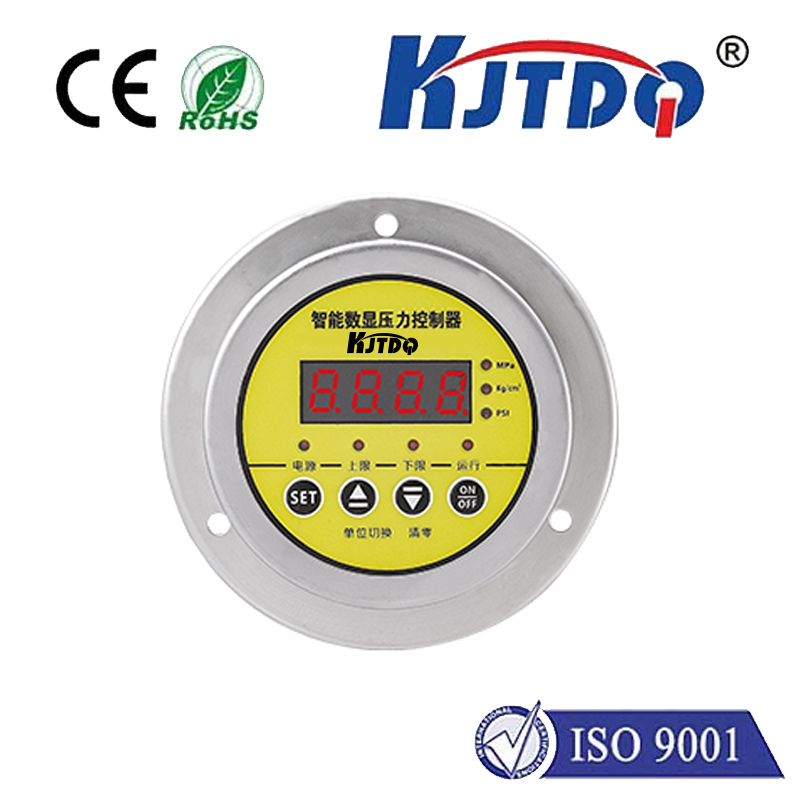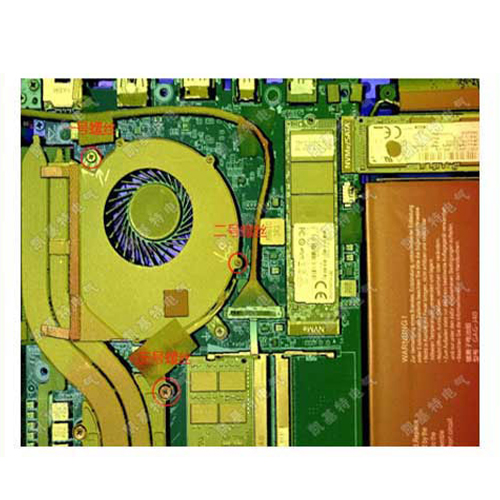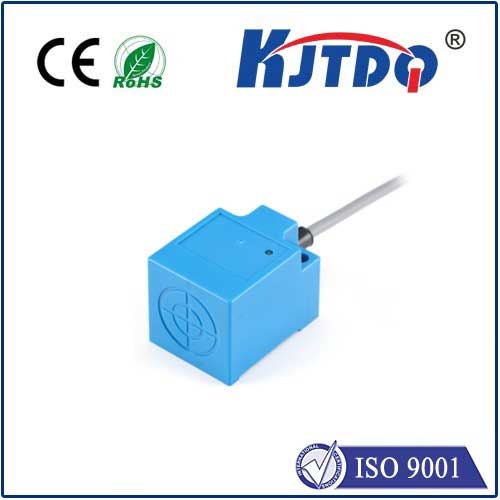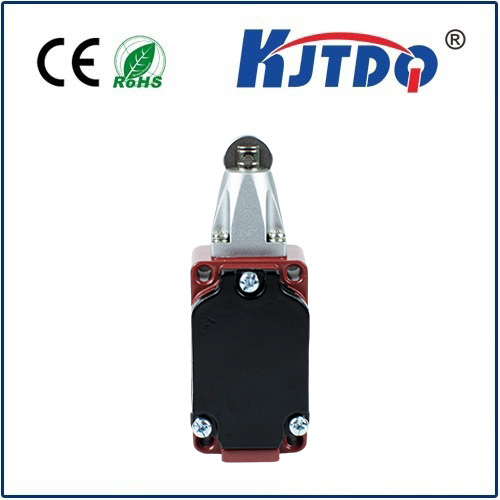sensor pzem 004t
- time:2025-08-25 00:11:01
- Click:0
PZEM-004T: The Essential Guide to Accurate AC Power Monitoring
Ever wished you could peer into the hidden world of your electricity consumption? Or needed a reliable, cost-effective way to monitor crucial electrical parameters for a project? Enter the PZEM-004T, a compact yet powerful sensor module that has become a cornerstone for DIY enthusiasts, engineers, and professionals seeking precise AC energy monitoring. This versatile device demystifies the flow of power, providing actionable data for smarter energy management, improved safety, and innovative automation.
Understanding the PZEM-004T: More Than Just a Sensor
At its core, the PZEM-004T is a dedicated, non-intrusive AC electrical parameter measurement module. While often called a “sensor,” it integrates several functions into one unit: voltage sensing, current sensing via an external split-core current transformer (CT), signal processing, and communication capabilities. This all-in-one design simplifies integration, making it incredibly popular for applications ranging from home energy trackers to industrial equipment monitoring.
What Does the PZEM-004T Measure?
The module excels at capturing a comprehensive suite of real-time AC electrical data relevant to both energy usage analysis and system health. Its key measurement parameters include:

- Voltage (V): Provides the line voltage level, crucial for understanding supply stability and detecting under/over-voltage conditions.
- Current (A): Measures the electrical current flowing through the conductor within the CT. This is fundamental for calculating power and energy.
- Active Power (W): The actual power consumed by the load and doing useful work. This is the key metric for energy billing and understanding consumption.
- Apparent Power (VA): The product of voltage and current, representing the total power flowing in the circuit, including power lost due to inefficiencies.
- Power Factor (PF): A ratio (between 0 and 1) indicating how effectively the current is being converted into useful work (Active Power ÷ Apparent Power). A low PF signifies inefficiency.
- Frequency (Hz): Measures the supply frequency, typically 50Hz or 60Hz depending on the region. Stability is important for sensitive equipment.
- Energy Consumption (kWh): The module continuously accumulates active energy usage over time, providing the total kilowatt-hours consumed – the standard unit for electricity billing.
How It Works: Sensing and Processing
The PZEM-004T operates on a principle combining direct sensing and transformer-based measurement:
- Voltage Measurement: The AC line voltage is scaled down using an internal precision resistor divider network connected directly to the voltage terminals. This reduced voltage signal is fed into the onboard microcontroller’s Analog-to-Digital Converter (ADC).
- Current Measurement: Current is measured non-intrusively using an external split-core current transformer. The CT clamps around a single live wire conductor. The alternating magnetic field generated by the current induces a proportional smaller current in the CT’s secondary winding. This secondary current passes through a precision burden resistor on the PZEM-004T module, converting it into a measurable voltage signal for the ADC. The split-core design allows easy installation without breaking the main circuit.
- Signal Processing & Calculation: The microcontroller samples the digitized voltage and current signals thousands of times per second. Using sophisticated algorithms (like calculating the root mean square - RMS - values for AC accuracy), it calculates all the derived parameters: Active Power, Apparent Power, Power Factor, Frequency, and accumulates Energy. This computational power transforms raw signals into meaningful electrical data.
- Communication Interface: The processed data is made accessible via a TTL-level UART serial interface, typically using the Modbus RTU protocol. This standardized protocol allows easy integration with devices like Arduino boards, Raspberry Pi, ESP8266/ESP32 microcontrollers, PLCs, and SCADA systems. A simple 4-pin header facilitates connection.
Unlocking Communication: The Modbus RTU Protocol
The Modbus RTU protocol is the key to interacting with the PZEM-004T. This industry-standard, master-slave protocol defines how data registers within the module (each holding a specific parameter like Voltage, Current, Energy, etc.) can be read or written to by a master device (like your microcontroller or computer).
- Master Device: Initiates all communication requests. Examples include an Arduino programmed as a Modbus master, a Raspberry Pi running Python scripts with a Modbus library, or dedicated energy monitoring gateways.
- Slave Device: The PZEM-004T acts as the slave, responding only when addressed by the master. Each module has a configurable slave address.
- Register Map: Understanding the Modbus register map specific to the PZEM-004T is essential. This map details which register address corresponds to which parameter (e.g., Register 0x0000 often holds the Voltage value). Master devices read these registers to retrieve the latest measurements.
Versatile Applications: Where the PZEM-004T Shines
The affordability, accuracy, and ease of use of the PZEM-004T make it suitable for a vast array of applications:
- Home Energy Monitoring Systems (HEMS): Track energy consumption of your entire house or specific high-load circuits (like HVAC or water heaters). Identify energy vampires and optimize usage to reduce electricity bills. DIY energy dashboards become possible.
- Renewable Energy Systems: Monitor the output power and energy generated by solar panels or small wind turbines. Track the flow of energy into batteries (charging) or back to the grid. Essential for system performance assessment and optimization.
- Smart Plugs/Sockets: Integrate into designs for intelligent outlets that provide detailed energy usage data per appliance, enabling remote control and scheduling based on power draw.
- Industrial Machinery Monitoring: Monitor the power consumption and operating status of motors, pumps, compressors, or other industrial equipment. Detect anomalies indicating potential failure (e.g., unexpected current spikes or drops in power factor).
- Electrical Distribution Panels: Add granular monitoring capabilities to subpanels or specific branch circuits within residential, commercial, or light industrial settings.
- Power Quality Analysis (Basic): Track voltage stability and frequency, helping identify issues like brownouts or generator performance problems.
- Protection Relays (Basic): While not a replacement for dedicated protection relays, the data can be used to implement basic alerts for over-voltage, under-voltage, or over-current conditions in automation systems.
Key Advantages & Considerations
Advantages:
- Cost-Effective: Offers significant functionality at a very accessible price point.
- Non-Intrusive Current Measurement: Safe and easy installation using the split-core CT – no need to cut wires.
- Comprehensive Measurements: Provides all essential AC electrical parameters in one module.
- Standard Communication: Modbus RTU protocol ensures wide compatibility with controllers and software.
- Compact & Easy Integration: Small footprint and straightforward wiring make it ideal for embedded projects.
- Accuracy: Provides reliable readings suitable for most monitoring and control applications.
Considerations:
- Voltage Limitations: Designed for single-phase AC systems within its specified voltage range (typically 80-260V AC). Not suitable












